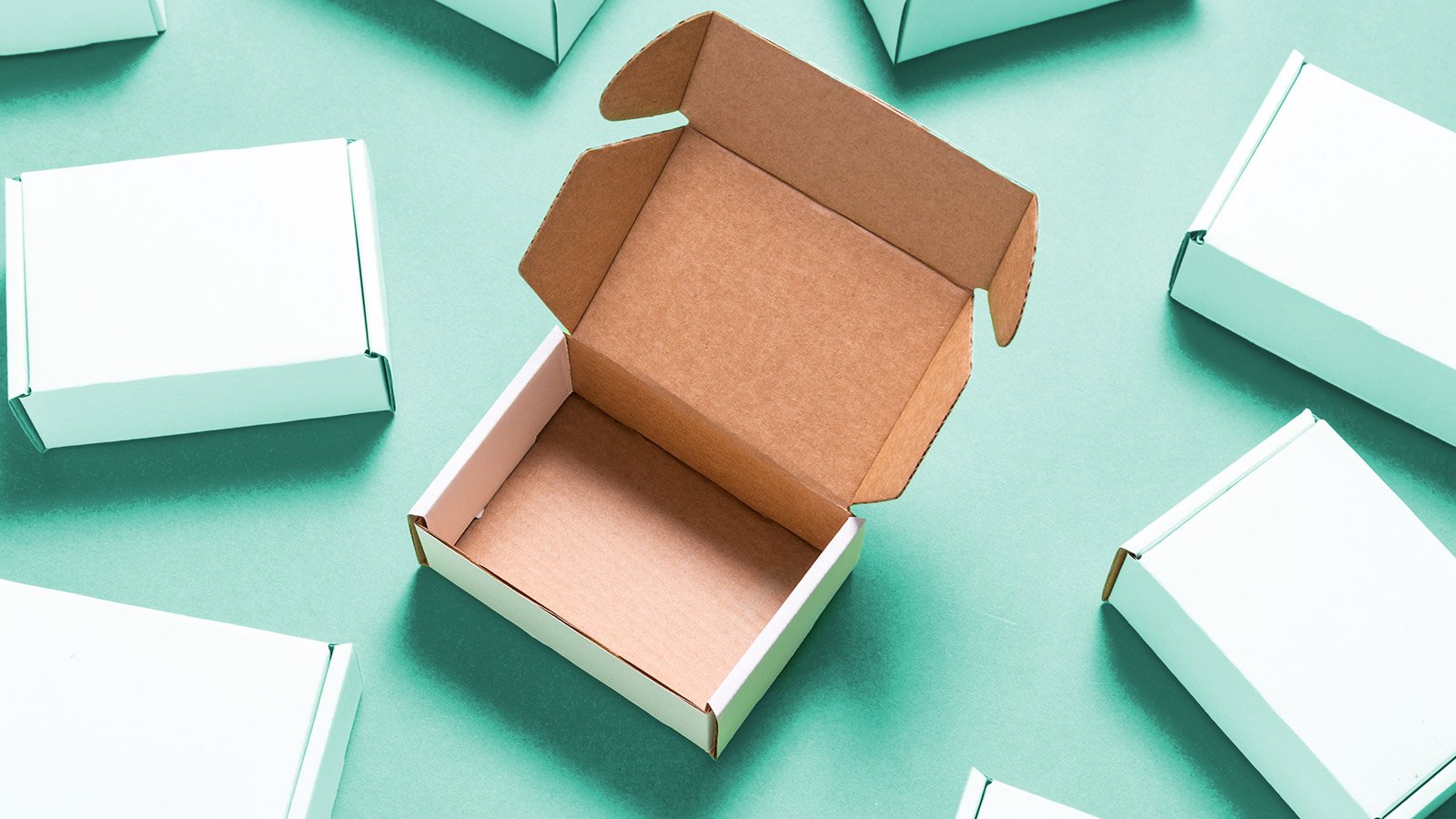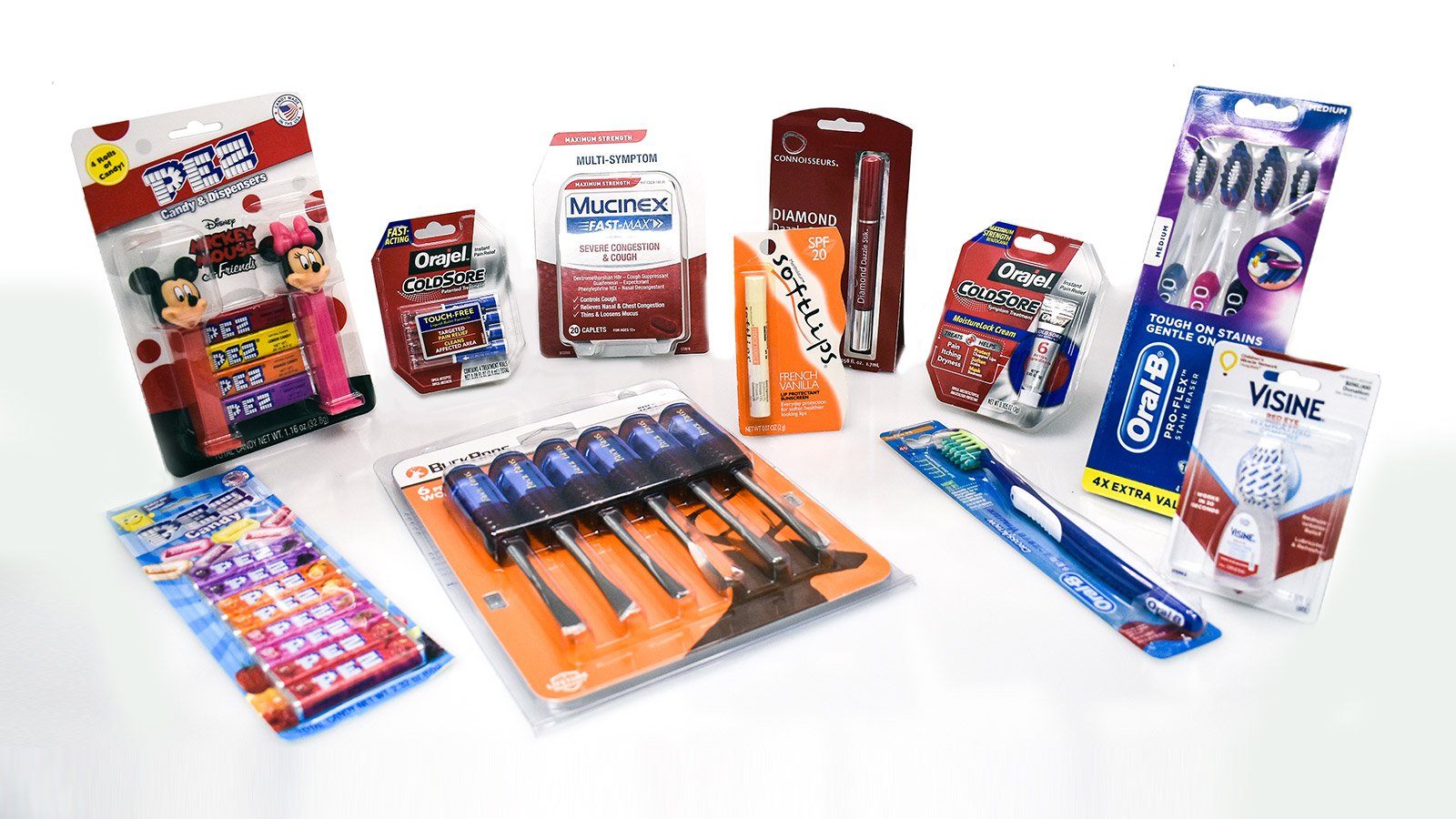Insights: Articles & Resources by Oliver Inc.

Top Performance Factors for Adhesive Labels
An adhesive label is much more than a pretty identifier you slap onto secondary packaging.
It's a vital brand ambassador that communicates your product's value in the split second a consumer makes their purchasing decision. Beyond its obvious visual appeal, a high-performing commercial label provides critical instructions for safe use, preserves brand integrity across varying environmental conditions, and fosters the consumer loyalty that drives repeat purchases.
As a brand manager, the performance of your product labels directly impacts your brand's reputation.
A failing adhesive that causes labels to peel, curl, or fall off entirely not only diminishes shelf appeal but can severely damage consumer confidence. Meanwhile, a label that maintains integrity throughout your product's lifecycle reinforces your commitment to quality at every touchpoint.
Given how much important information can be communicated with a label, you must account for all the factors that influence its performance. Let's explore these critical considerations to ensure your commercial packaging labels perform as exceptionally as the products they represent.
Key Takeaways
- Adhesive labels are critical brand ambassadors that communicate value in the moment of purchase decision.
- Material selection significantly impacts performance—substrate type, texture, and packaging shape all influence adhesion quality, with each material requiring specific adhesive formulations for optimal results.
- Eco-conscious brands now have access to numerous sustainable options, from post-consumer recycled paper to tree-free alternatives and environmentally friendly adhesive technologies.
- Manufacturing conditions such as cleanliness, humidity, and application temperature dramatically affect label durability.
- Decorative effects require careful consideration, as some enhance resilience while others may create vulnerabilities to specific types of wear and tear.
Label Quality & Material Types
The quality and type of materials you employ with adhesive labels is essential. Whether the substrate you’re using is plastic, traditional paperboard, or a sustainable tree-free alternative, composition matters.
For example, plastic substrates such as polypropylene and polyethylene do not bond well with acrylic-based adhesives. As a result, this may not provide the desired destructibility alternatively offered by a rubber-based adhesive.
Material texture also factors into an adhesive label’s performance. If utilizing pressure-sensitive adhesive labels, the substrate surface must be smooth enough to provide thorough contact with the label. Rough surfaces make it difficult for pressure-sensitive labels to adhere because the coarse texture reduces the amount of surface area coming in contact with the adhesive.
For instance, pebbled plastic and corrugated boxes are problematic surfaces for pressure-sensitive adhesive labels. If your preferred substrate consists of a rougher material, more aggressive adhesives can be implemented, as well, to offset the lack of surface contact.
Also, don’t overlook the impact packaging shape has on adhesive labels.
When being applied, pressure-sensitive adhesive labels need a short time to move onto a substrate’s surface and properly adhere. If a rigid label is being placed on a curved surface, for instance, the label may bend upwards before it has sufficient time to attach to the substrate surface. This concern is compounded by more coarse surfaces.
To remedy the situation, consider using more intense adhesives or less stiff labels.
Sustainable Label Solutions for Eco-Conscious Brands
Environmentally aware consumers increasingly demand packaging that aligns with their values. They want you to help them make the right decision. As sustainability becomes a fundamental business imperative rather than just a marketing advantage, your label choices play a crucial role in your brand's environmental story.
Eco-Friendly Substrate Options
Several sustainable substrate alternatives are revolutionizing the adhesive label industry:
- Post-consumer recycled (PCR) paper provides the familiar look and feel of traditional label stock while significantly reducing virgin material demand. These labels contain fibers recovered from paper that has completed its lifecycle as a consumer product.
- Tree-free alternatives, including hemp-based and cotton-based paperboard in your folding carton design, offer exceptional printability while eliminating timber dependency. These rapidly renewable resources regenerate much faster than trees, making them excellent choices for brands committed to forest conservation.
- FSC- and SFI-certified papers ensure that any wood fiber used comes from responsibly managed forests. These certifications, from nonprofits Forest Stewardship Council (FSC) and Sustainable Forestry Initiative (SFI) respectively, verify responsible sourcing through independent third-party auditing.
Sustainable Adhesive Technologies
The adhesive component itself presents another opportunity for environmental improvement:
- Water-based adhesives contain significantly fewer volatile organic compounds (VOCs) than solvent-based alternatives, improving workplace safety and reducing air pollution. Water-based adhesives are also non-flammable and easier to clean up, enhancing their environmental benefits and improving working conditions.
- Biodegradable adhesives are engineered to break down naturally at the end of the product's lifecycle, minimizing environmental persistence. Some of these adhesives are made from natural materials and can be compostable, as well, further reducing waste and ecological impacts.
- Removable adhesives enable easier separation of label from container during recycling processes, improving recyclability of both components.
Designing for End of Life
Beyond materials selection, consider how your label design impacts the product's entire lifecycle:
- Right-sized labels minimize material usage while maintaining visual impact, embracing the "less is more" principle of sustainable design.
- Recycle-friendly design avoids elements that complicate recycling processes, such as non-compatible mixed materials that cannot be easily separated.
- Clear recycling instructions on labels can significantly improve proper disposal rates, guiding consumers to recycle both product and packaging correctly.
By integrating these sustainable considerations into your label selection process, you not only reduce environmental impact but communicate your brand's values tangibly to increasingly eco-conscious consumers. Many brands find that sustainable label options actually enhance shelf appeal while strengthening brand loyalty among environmentally aware customer segments.
Printing Capabilities for Adhesive Labels
Printing quality depends on finding an experienced manufacturer that understands the process of creating effective adhesive labels—accounting for cleanliness, environmental conditions, temperature at application, and expected life use.
Cleanliness
As you can imagine, the tidiness of a printing and packaging manufacturer’s working environment plays a big role in how well an adhesive label adheres to its substrate. Contaminants such as oils, dust, dirt, and other foreign elements can undermine the adhesion process.
If you can’t tour a printer’s facility before partnering on a project (less an issue with domestic printing partners), inquire about the cleanliness of their operations and whether you can see photos; ask about specific cleaning protocols or certifications to ensure compliance with industry standards.
This should give you a better idea of how seriously they take their craft. Notably, mold release agents and plasticizers, for example, are foreign contaminants that will reduce the life of the adhesive or compromise performance.
In some cases, contaminants might be inherent in an essential manufacturing process (i.e., adhesives resistant to oils or mold release agents). If that’s the case, special adhesives can be utilized to counteract the potential hazard.
Environmental Conditions
Perhaps the most common environmental conditions that threaten to weaken adhesive strength are humidity or wetness. Since paper materials absorb moisture through direct contact or from the air, manufacturers have to take special precautions to keep facilities dry. Moisture can also prevent barcodes and sophisticated inks from working properly, and cause paper to deteriorate entirely.
For that reason, for printing and packaging facilities producing or storing adhesive labels, relative humidity (RH) should be 50%, or a range of 35% - 65%.
Again, identify a manufacturer who is serious about their working conditions.
Additionally, many labels can be laminated with a clear polyester or vinyl to enhance durability and water resistance.
Temperature at Application
Be sure to ask your manufacturer about the temperature level the substrate is typically at when applying adhesive labels, because that can impact the bonding process.
For example, adhesives will quickly fall off or fail to properly attach at all if applied at temperatures below the freezing point of a given adhesive. The most common temperature range for pressure-sensitive adhesive labels is between 40 to 50 degrees Fahrenheit, although some specialty adhesives can work well even at extreme temperatures.
For instance, emulsion acrylic adhesives can be applied at temperatures as low as 0°F, withstanding temperatures ranging from -65 to 200°F.
Ultimately, the ideal temperature range varies depending on the adhesive type, such as acrylic or rubber-based adhesives, so you’ll want to discuss that with your printing and packaging partner.
Expected Life Use
Commercial labels are exposed to a wide variety of environmental conditions throughout their lifetimes, from the moment they are printed or manufactured to the time consumers dispose of them. You need to account for which conditions your packaging is likely to encounter when choosing appropriate label and adhesive materials.
Items that are going to be stored in cold temperatures, such as labels for outdoor winter products, for instance, might require a special adhesive that wouldn’t be considered for those stored at room temperature.
Similarly, if your label is on a health or beauty product, it will likely need to withstand the humidity encountered in a bathroom or routine abrasions from being carried in a person’s pocket or luggage, among other unique situations.
A Word on Decorative Effects
Now don’t forget the impact decorative effects have on adhesive label performance, either. As you might surmise, some specialty inks and finishes are more abrasion resistant or durable than others. For instance, strikethrough and reticulating varnish deliver a high gloss finish while offering superior rub resistance.
On the other hand, some effects, such as embossing, which involves tactile visuals that rise up from the substrate surface, can make your packaging more vulnerable to wear and tear. Rather than distribute weight or contact across the entire substrate, impact ends up concentrating on the embossed elements, opening them up to greater damage. So, while embossing may increase vulnerability to impact, it also enhances durability against certain types of wear.
A reliable printing and packaging manufacturer should be able to help you determine which decorative effects are most appropriate for your particular adhesive label situation.
So whether it’s the quality and type of materials used, printing capabilities, or decorative effects, they should be able to help you account for the many factors that impact adhesive label performance, ensuring your consumers stick around.
Ready to elevate your brand's packaging? Oliver Inc. is the nation's leading independent supplier of custom paperboard packaging solutions. Our advanced printing technology will elevate your next folding carton and adhesive label design. Contact us today to learn more.
Topics


